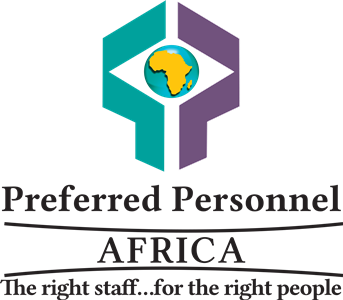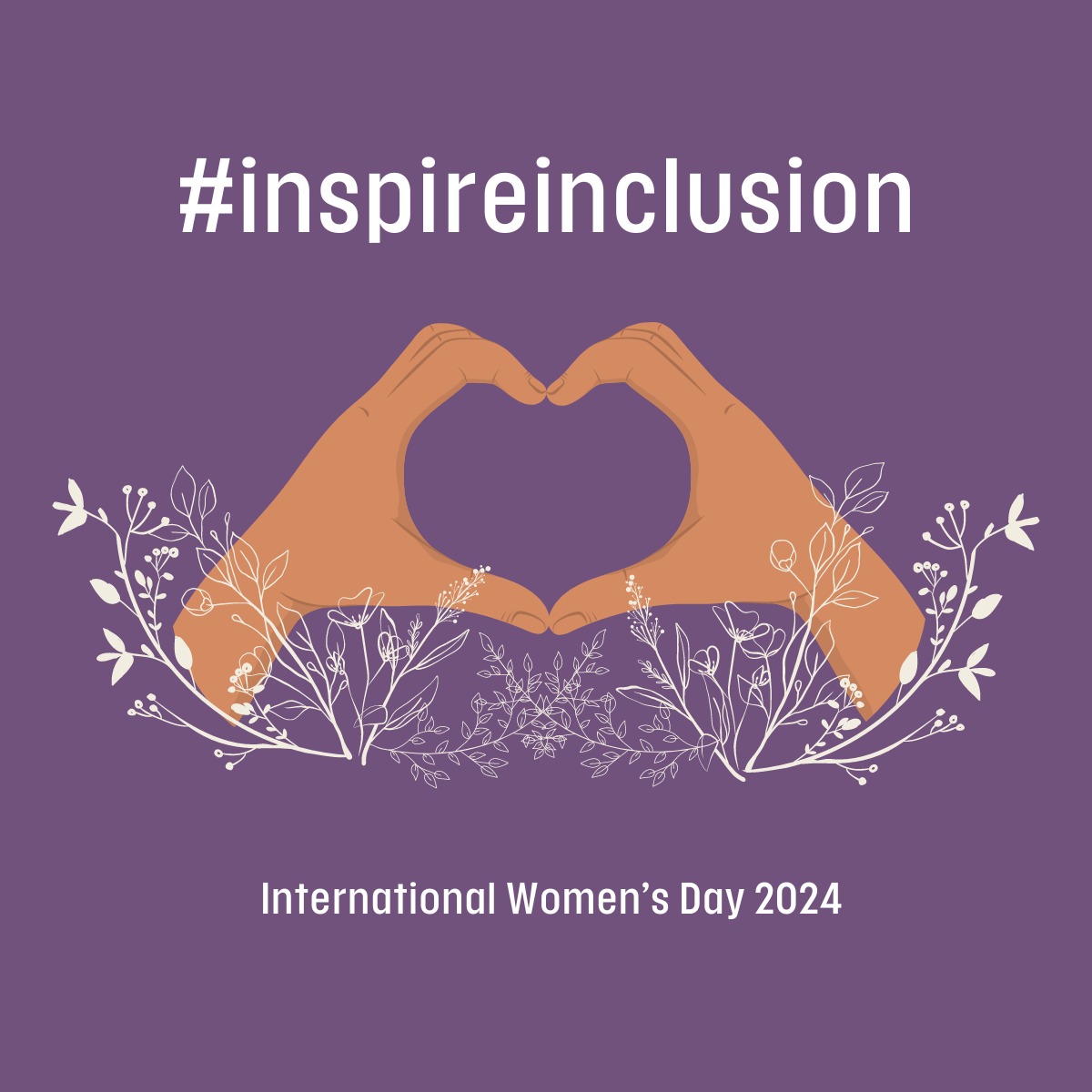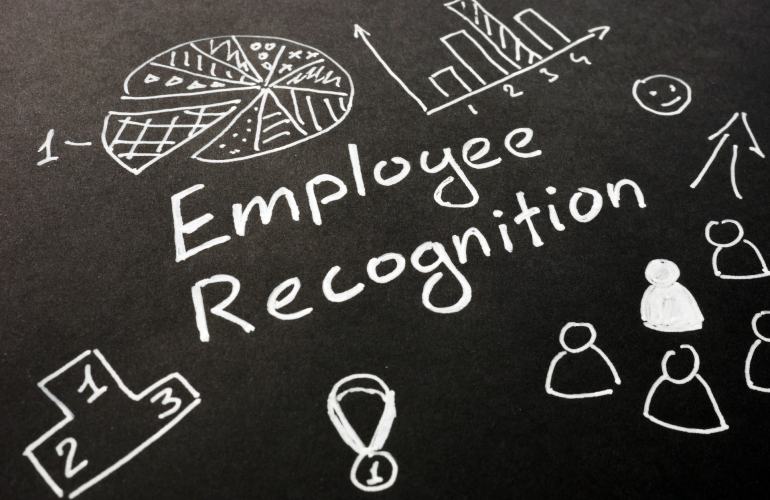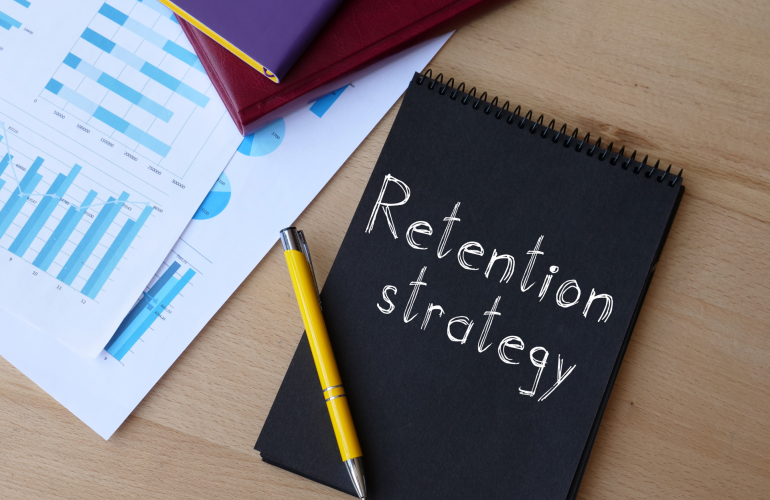By Leigh-Ann Athanasius
Every year, International Women’s Day marks the progress made towards gender equality, especially in the workplace, and the work still to be done. This year, the theme Inspire Inclusion is a call to organisations and individuals to create not only diverse spaces but inclusive ones as well. Workplaces are becoming increasingly diverse but not everyone may feel like they fit in because efforts are not being made to make the spaces inclusive. So, what is the difference?
Diversity vs. Inclusion in the Workplace
It is often assumed that diversity and inclusion are interchangeable. Diversity means that there are a variety of people with different schools of thought that are present in that workplace. That is a good place to start when trying to develop inclusion.
However, diversity does not automatically mean that an organisation is inclusive. Inclusion means that the diversity is effectively coexisting i.e. ideas are being taken from the diverse staff and are being leveraged to create a cohesive environment that enhances the business value.
A simple illustration of the difference is that being invited to the dinner party is diversity; but being able to enjoy the meal according to your dietary restrictions, is inclusion.
The Role of HR in Diversity and Inclusion
This theme is particularly important when it comes to human resources. HR professionals play a vital role in fostering inclusive environments where everyone has the opportunity to thrive. From recruitment and hiring practices to creating supportive policies and programs – HR departments have the power to drive meaningful change. They are crucial in initiating that diversity that can ultimately lead to inclusion.
The first steps towards this are:

- Implementing fair and unbiased recruitment processes. Though International Women’s Day focuses on gender diversity particularly on the inclusion of women, diversity and inclusion in the workplace goes beyond that. Organisations need to bear in mind that a diverse staff means that potential employees are not excluded based on physical ability, ethnic background and age. Removing these as limiting criteria widen the talent pool from which an organisation can draw, and that benefits the recruitment process.
- Offering equal opportunities for growth and advancement and providing means for professional development. When employees see that their contributions are recognised and rewarded based on merit, it inspires confidence and fuels their desire to excel. This in turn drives innovation. Having a diverse group of staff that feels included means that there are various perspectives being considered when ideas are being generated and decisions being made.
Inclusion in today’s context also includes being accommodating of health factors and mental wellness of employees. Since 2020, many organisations have realised that working remotely is a possibility that doesn’t negatively affect the business but can have a great impact on being inclusive for employees that may not be able to be in the office physically e.g if they need to remain home to take care of an unwell child, are feeling under the weather themselves, new mothers tending to their infants etc. Having that flexibility makes the workplace a more inclusive space for their needs without the employee feeling like they are dropping the ball on their work responsibilities.
Life is continually getting more and more stressful which can take a toll on employees as they try to achieve work life balance. Organisations can play a role is helping encourage mental wellness among their employees through various channels such as destigmatising needing to take time to care for their mental wellness. HR departments can:
- Provide resources to encourage wellness such as offering meditation or mindfulness classes,
- Possibly having quarterly mental wellness off days within the organisation to allow employees to recoup from the general stressors of the job and/or encouraging staff to use their leave time during the year to promote rest when necessary.
- Generally, develop a positive culture within the workplace where employees can feel that they are adequately supported and not struggling in isolation.
Developing a Culture of Inclusion
Inclusive workplaces are built on a foundation of respect, understanding, and empathy. HR professionals can lead the way by fostering a culture where differences are celebrated, not just tolerated. This involves implementing policies that prevent discrimination and harassment, offering resources for work-life balance, and providing spaces for open dialogue. What this inclusion looks like may be different for every organisation but the general principles that would lead to inclusive spaces remain.

Organisations should ensure that diverse voices are represented in decision-making processes. A great way to do so is through leadership training programs that focus on emotional intelligence, cultural competence, and inclusive management practices. These can equip managers with the tools to create environments where all employees feel valued and heard.
Creating a more inclusive workplace leads to more engaged and more productive employees. It can also decrease you employee turnover as they feel more valued by the organisation. Which in turn is ideal for the organisation as they can grow with their dedicated staff and save on the costs associated with high employee turnover.
It is also essential for organisations to foster a culture of inclusivity among employees as well not just the leadership. There should be policies that protect employees from discrimination even from fellow colleagues. If the spirit of inclusion is running through the entire organisation, then there is a better likelihood that it will become standard practice and be evident to customers, suppliers, and all other stakeholders.
It starts with you…
Whether you are an HR professional, a business leader, or an employee, remember that the change needs to start from within to then to then become the norm. Commit to challenging biases (your own and others’), amplifying diverse voices, and creating spaces where everyone can feel seen and heard. Let’s strive to build a working culture where inclusivity is not just a theme but a lived reality.



